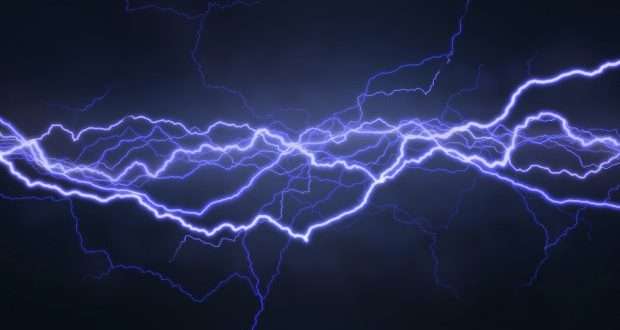Hedges
I See Electromagnetic Fields!
- Joined
- Mar 28, 2020
- Messages
- 20,660
If you get a direct lightning strike, all is lost regardless of grounding.
If that is a possibility, consider a lightning rod higher than the things you want to protect, with wire to its own ground rod.
Maybe rods at four corners, with a wire looped between them.
If that is a possibility, consider a lightning rod higher than the things you want to protect, with wire to its own ground rod.
Maybe rods at four corners, with a wire looped between them.






